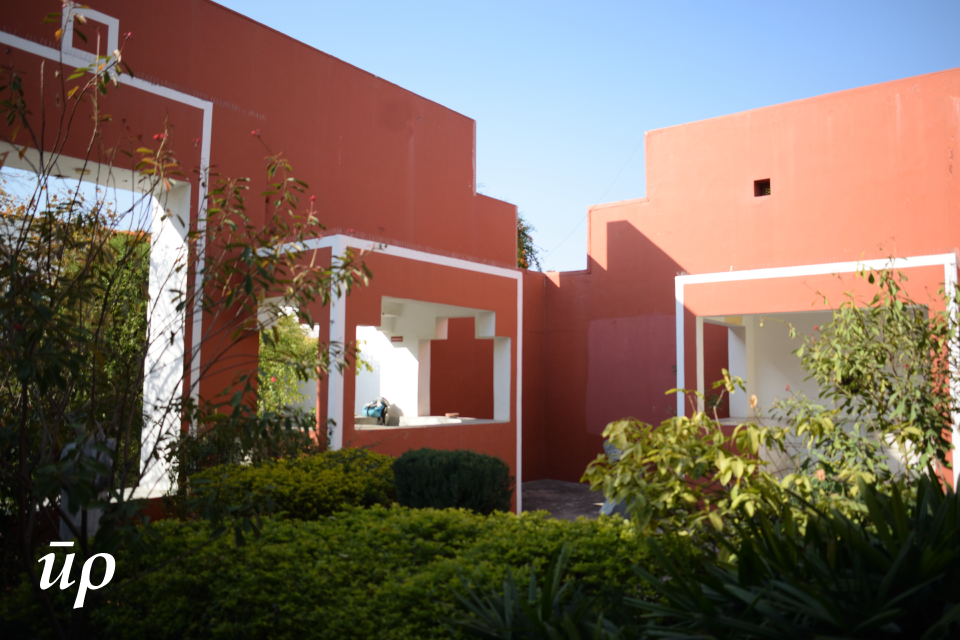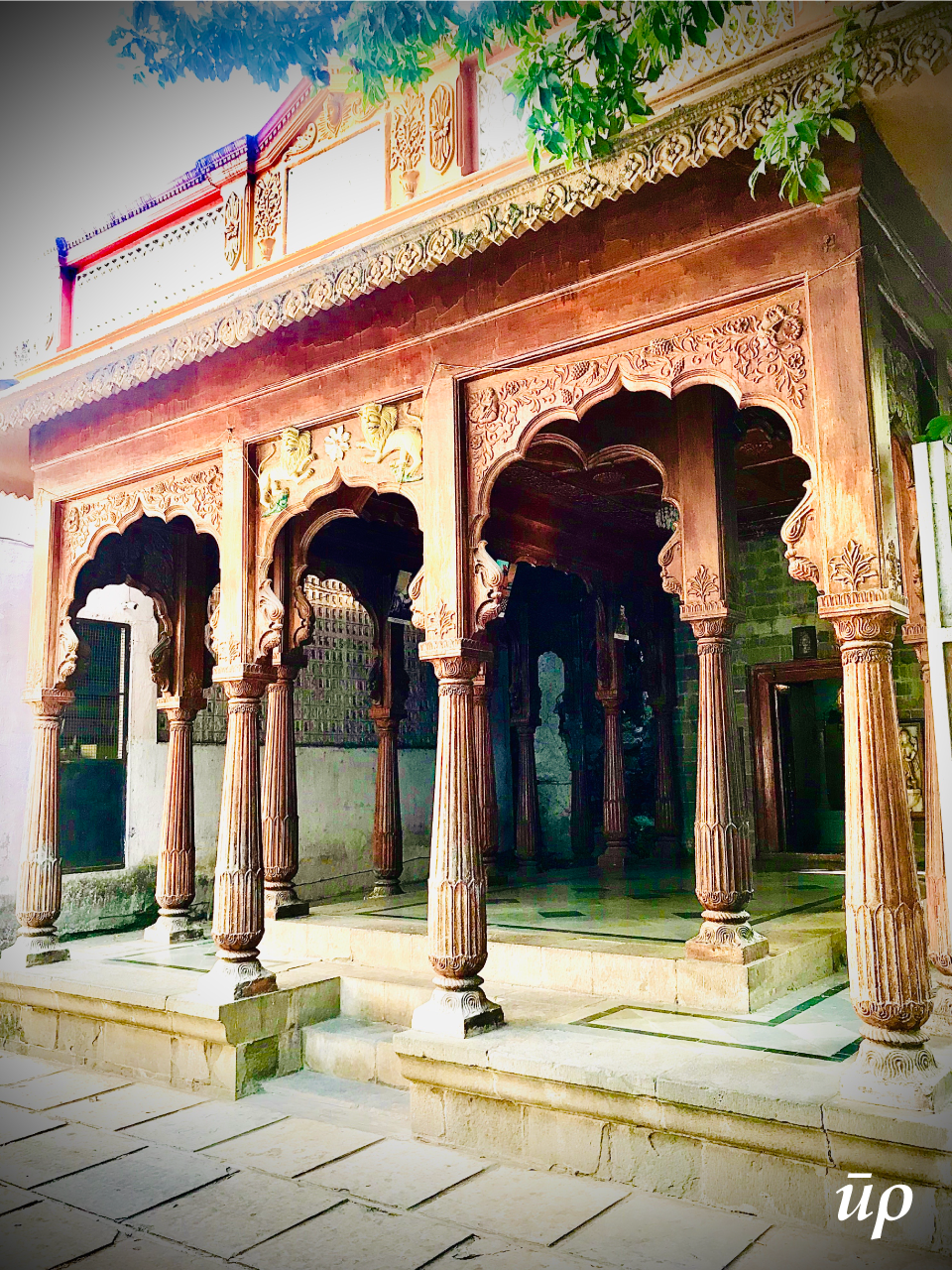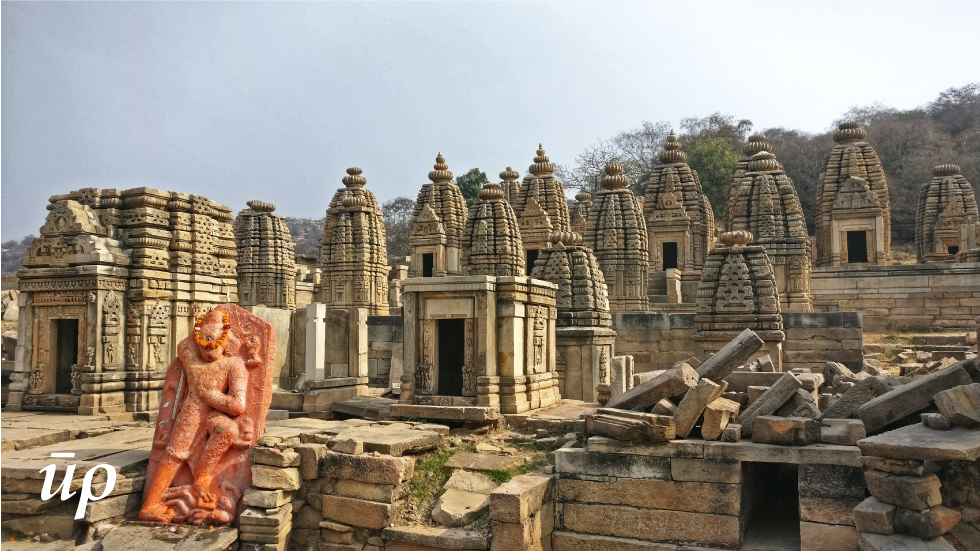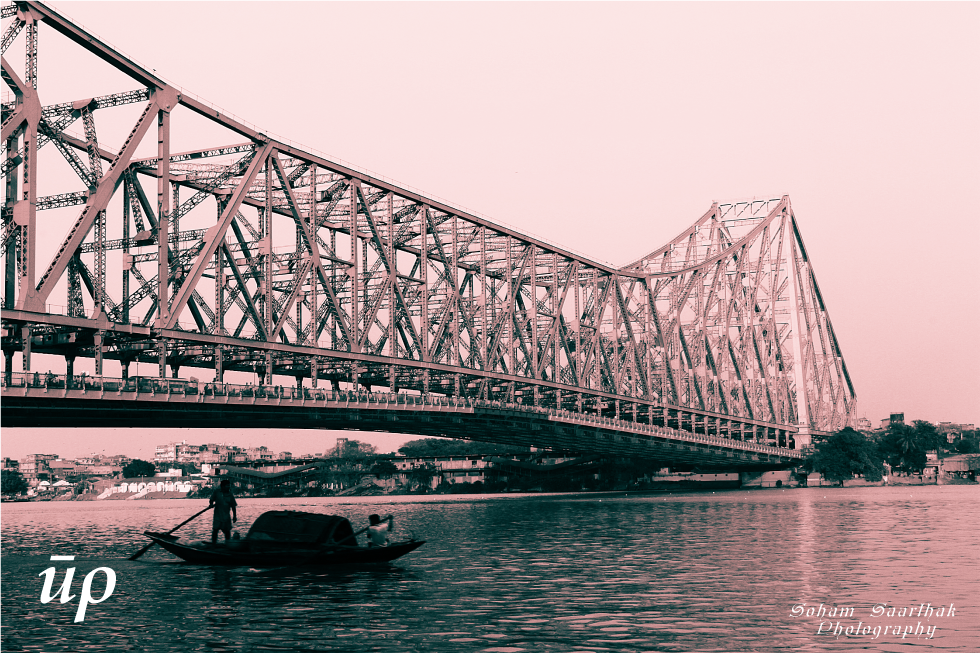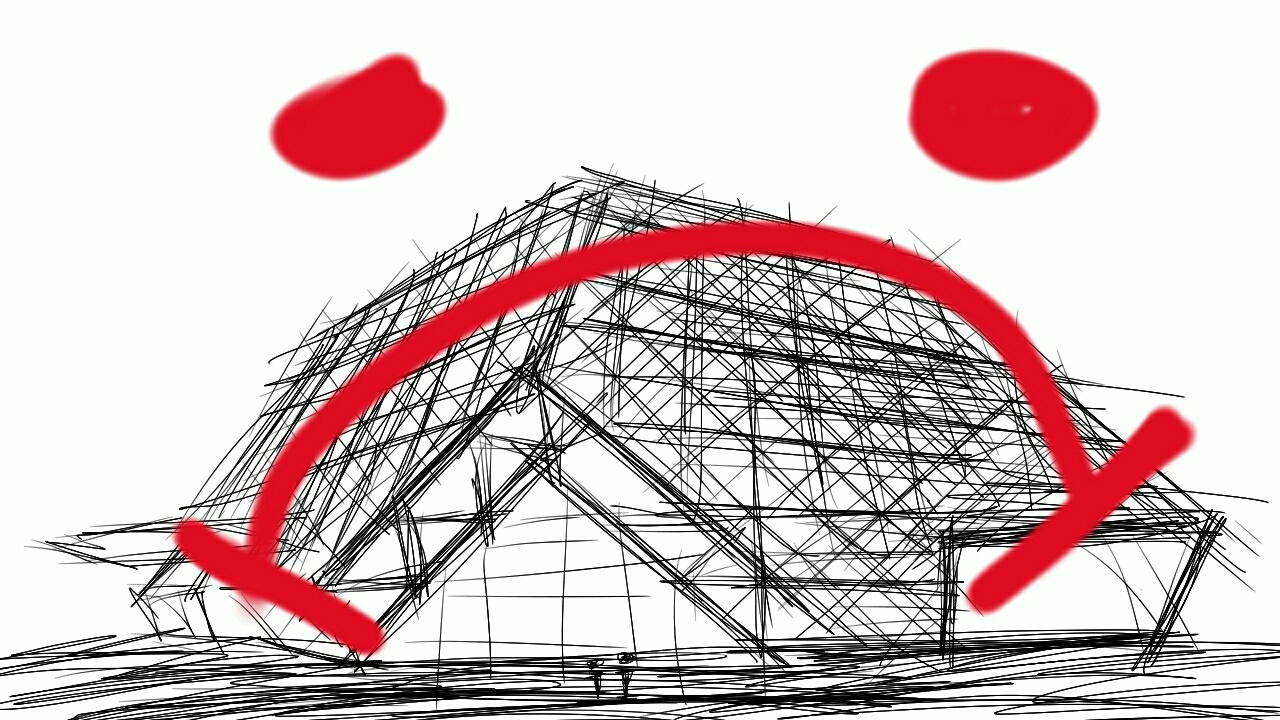In context of contemporary Jaipur, Jawahar Kala Kendra (JKK) serves as its most prominent art and culture node. Situated on Jawahar Lal Nehru (JLN) Marg in Jhalana Doongri area of the modern extensions of Jaipur, this multi-cultural art centre was established in 1993 to promote art, culture and traditions of state of Rajasthan. Interestingly, this cultural node is central to the linear stretch of JLN Marg, which itself is interspersed with institutions, recreational spaces and office complexes for most part of its length between New Gate of the walled city of Jaipur and Jawahar Circle/Patrika Gate.
Continue reading “Jawahar Kala Kendra: Contemporary Jaipur’s Art and Culture Stage”Tag: heritage
Modern-Vernacular Fusion: A Case of Wada Architecture in Pune
The city of Pune is widely known for its cultural and institutional diversity. It is the second-largest city in Maharashtra state, after Mumbai, and eighth-most populous city of the country. The city offers variants of architecture styles co-existing efficiently and one of these is Wada architecture. This article highlights the importance of traditional Wada culture and its adaptation to the new trends of Pune.
Poona settlement originated in 937 BCE, as a part of Rashtrakuta dynasty. It has been under the rule of several emperors. The most impactful and transformative period for this settlement was sixteenth century onwards, during the rule of Maratha dynasty. That’s when Wada culture was introduced to the region. A Wada can be described as the smallest unit of a neighbourhood planning system. It demarcates the residential structures. This building concept originated in parts of Gujarat and Maharashtra to combat with harsh climatic conditions that prevail in the region. A typical Wada is designed to accommodate three zones which are public, semi-public and private. These zones are bound together with provision of a courtyard which serves two purposes – buffer and passive cooling promotion. Usually, a Wada comprises of two courtyards providing ample space for cross-ventilation and natural light to all the rooms.
Continue reading “Modern-Vernacular Fusion: A Case of Wada Architecture in Pune”Batesar Temple Complex: The Surprise of Chambal
Before visiting Morena, I had a frightening image of the ravines of Chambal. Originally this image has been propagated by Indian cinema and the advice not to travel after sunset is passed as the standard antidote. This instruction was also taken full care of. But this journey provided me with a golden opportunity to get to know and feel the life that is bursting in the rugged terrain of Chambal. After discussing the past and present conditions with the local people, it was concluded that the difficult phase has passed and now the situation has become normal. However, the gun culture in the area is still alive today. People openly carry a gun with them. Due to government efforts, ravines have been made cultivable to a great extent, in which the growing crops are increasing the prosperity of the area. This visit not only cleared the misconceptions about the ravines but also introduced me to the beauty and grandeur of the great temples like Batesar, Mitavali, and Kakanamath. I am accompanied by Neeraj on this journey. In this part of the travelogue, we will visit the Batesar temple complex.
Continue reading “Batesar Temple Complex: The Surprise of Chambal”Capturing The Colonial Calcutta : Reminiscences Of An Era
Being a Calcuttan or a Kolkattan in today’s context; it is of profound interest to explore certain pockets and landmarks of the city, which in their own way speak of both architectural and cultural characteristics which take back to an era in spite of some drastic changes witnessed in modern context of the city, society, people, surroundings and many more of such aspects. Continue reading “Capturing The Colonial Calcutta : Reminiscences Of An Era”
A Demolition And Urban Opinion
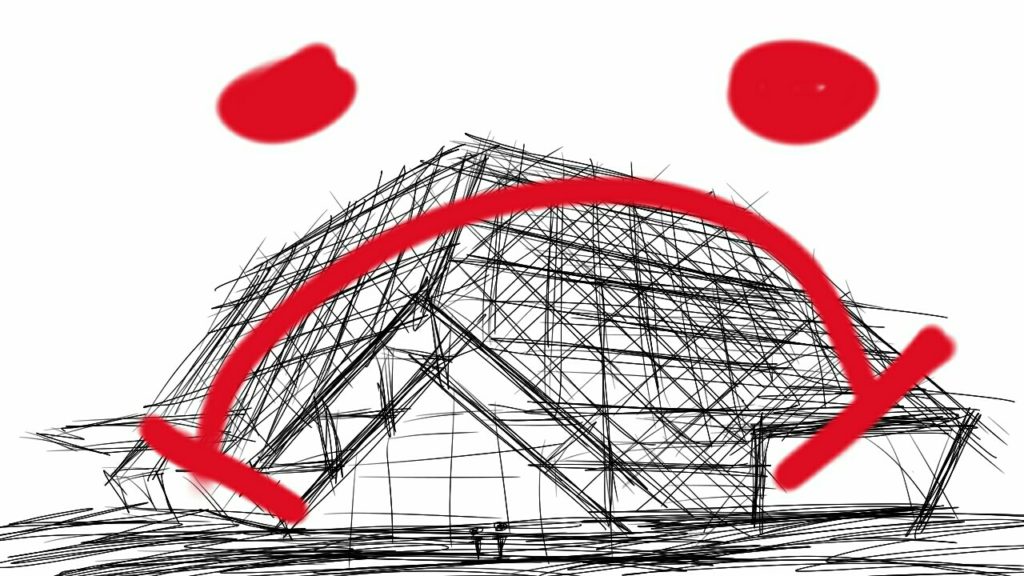
Picture – Rajeev Tarakguru | Instagram
In a sorry development, a modern architectural marvel was demolished. The landmark symbolized India’s tryst with modern architecture. The cast concrete structures designed by architects Raj Rewal, Kuldip Singh and engineered by Mahendra Raj stood witness to numerous exhibitions and trade fairs. Though well known to architectural community these modern ‘monuments’ were not ‘popular’ amongst masses.
Amidst wi-fi dreams the city has started abandoning its heritage, its identity. The sense-of-belonging to cities has seen rapid decline and they have been reduced to basics of being economic engines.
The demolition of Hall of Nations on night of April 23-24′ 2017 has resulted in a debate about definition of heritage. It has also highlighted lack of public discourse and popular participation in development of urban habitats in a nation on massive urbanization drive. The destroyed structures formed part of modern ventures in world’s 2nd largest urban centre, which essentially prides of its history and diversity.
In the wake of such situations we observe lack of professional and educated participation from architects, planners and urbanist in urban governance. The management and government of urban centres is often left in the hands of a creed oblivious to issues of urban environments, management, heritage. This is true not only regarding built environments but a wide gamut of issues including urban pollution, safety. Equally essential is sensitizing general population about environments they inhabit and participate in decision making regarding their cities and not just be a mute audience to ‘their’ governments.
Hall of Nations, Pragati Maidan, Delhi – 1980-2017
